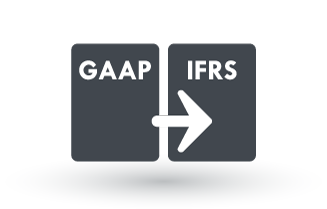APIs (Application Programming Interfaces) and webhooks are both ways for applications to communicate, but they differ in how they interact and what they do. APIs allow for two-way communication where a client requests data from a server, while webhooks are a one-way, event-driven mechanism where a server sends data to a client when a specific event occurs.
Here’s a more detailed breakdown:
APIs:
- Definition:APIs are protocols that define how different software applications can interact with each other.
- Communication:They enable two-way communication, where a client (application) sends a request to a server, and the server responds with the requested data.
- Example:A weather app using an API to get real-time weather data from a weather service.
- Use Cases:APIs are ideal for on-demand data retrieval, complex interactions, and situations requiring a high degree of control and security.
- Complexity:APIs can be complex, requiring more development effort.
- Security:APIs offer more advanced security options, like authentication and authorization, to protect sensitive data.
Webhooks:
- Definition:Webhooks are a lightweight, event-driven communication method where a server automatically sends data to a client when a specific event occurs.
- Communication:They are one-way and push-based, meaning the server initiates the communication when an event triggers.
- Example:A social media platform using webhooks to notify a third-party app when a user posts a new status.
- Use Cases:Webhooks are well-suited for real-time notifications, event-driven interactions, and situations where you want to reduce system load.
- Complexity:Webhooks are simpler to implement and maintain, requiring less development effort.
- Security:Webhooks can pose security risks since they involve publicly accessible URLs.
Key Differences:
| Feature | API | Webhook |
|---|---|---|
| Communication | Two-way, request-response | One-way, event-driven (push-based) |
| Trigger | Client request | Server-initiated based on events |
| Real-time | Can be real-time with polling | Real-time, immediately triggered by events |
| Complexity | Higher | Lower |
| Control | More control over data and interaction | Less control, more automated |
| Security | More advanced security options | Potential security risks (public URLs) |
When to use each:




